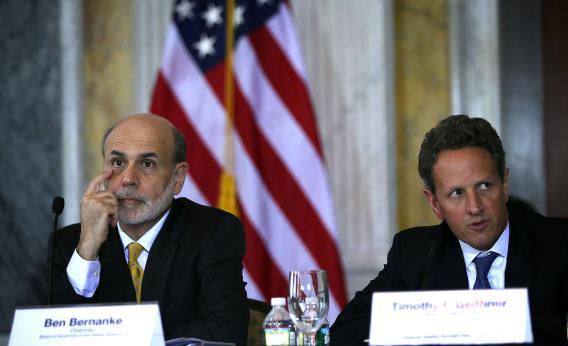The Government Accountability Office has issued a dense-but-readable report on how much money was spent/blown/squandered in order to keep the government running during the debt crisis. The topline number: $1.3 billion. But it’s more complicated than that.
We estimated that delays in raising the debt limit in 2011 led to an increase in Treasury’s borrowing costs of about $1.3 billion in fiscal year 2011. However, this does not account for the multiyear effects on increased costs for Treasury securities that will remain outstanding after fiscal year 2011. Further, managing federal debt as such delays occurred was complex, time consuming, and technically challenging. According to Treasury officials, these events diverted Treasury’s staff away from other important cash and debt management responsibilities as well as staff development and program oversight activities.
Not surprising, I guess, that Treasury staffers would say the process was a pain for them. But if you remember early 2011, the very fact that Treasury kept saying it could squeeze a little more sand into the hourglass was taken as proof that Tim Geithner et al were straight-up lying about the damage of default. There wasn’t much concern about the losses you would rack up if you kept taking T-bills out of various funds, and using them to paper over the costs of government.
